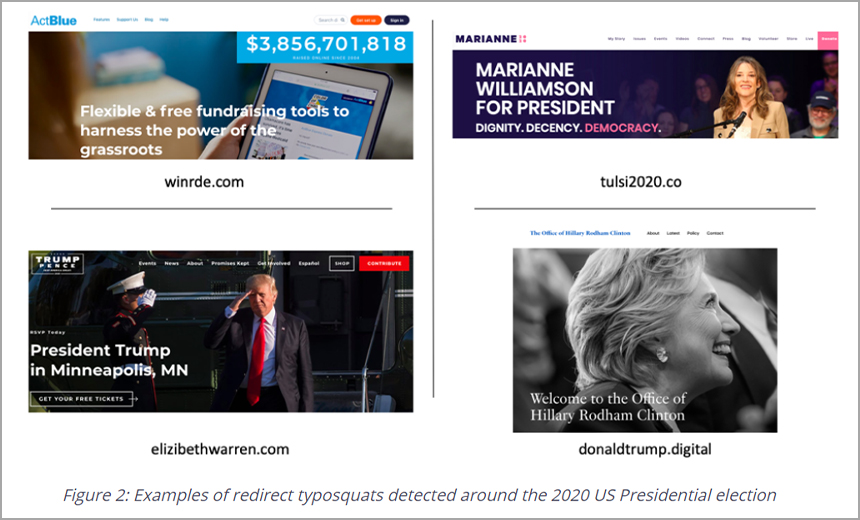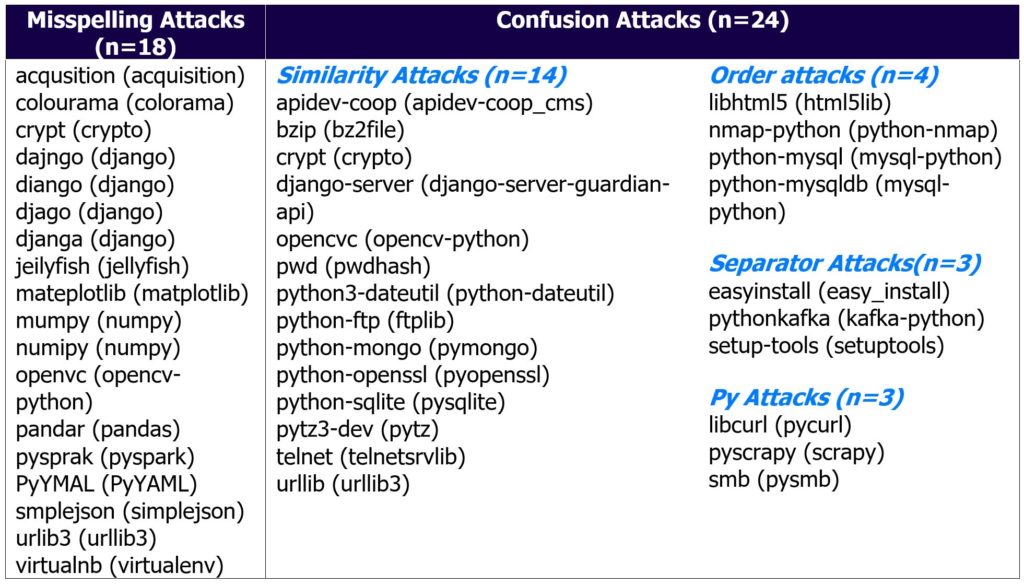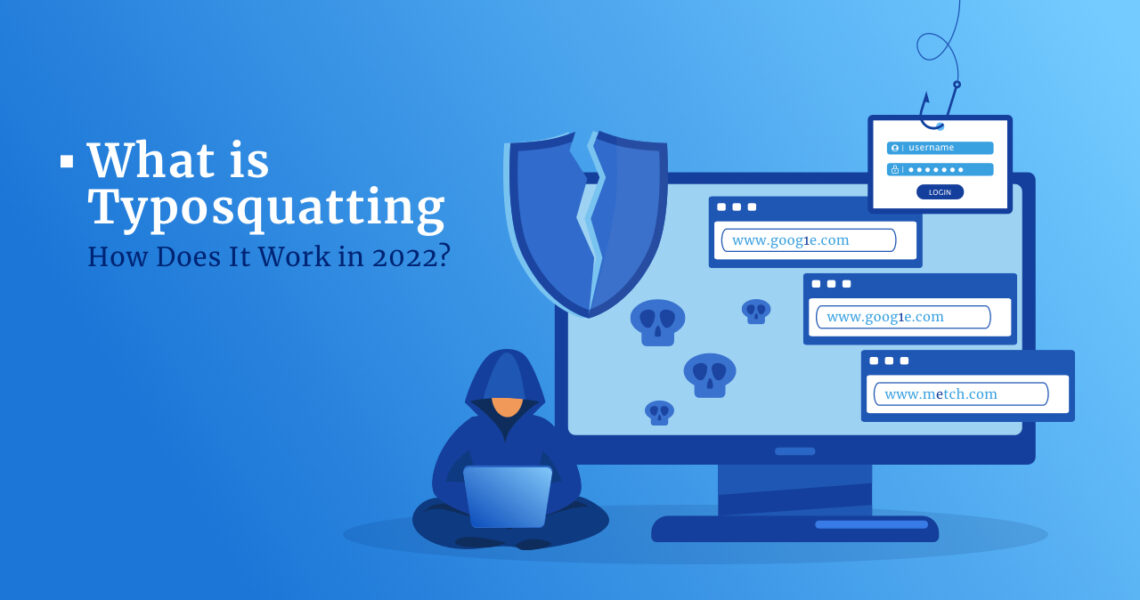

We have observed regular updates to phishing templates keeping them in step with design changes to the legitimate website. This popularity has made a frequent target for cryptocurrency phishing.
Typosquatting examples software#
We examine several phishing templates targeting cryptocurrencies below.įigure 1: Increase in Bitcoin value over the last year (chart courtesy of )ī is the largest provider of Bitcoin wallets in the world as well as a leading provider of distributed ledger technology - the software platform underlying Bitcoin and many other transactional systems. Not surprisingly, threat actors are now looking at new ways of stealing bitcoins, including through sophisticated phishing schemes. At current exchange rates, one bitcoin is now worth over $2600 USD, although the exchange rate recently exceeded $3000 USD per bitcoin. The mainstreaming of Bitcoin in particular, along with built-in mechanisms for ensuring a reasonable degree of scarcity, has dramatically driven up the value of the currency (Figure 1). At the same time, the appeal for cybercriminals remains strong, with most ransomware actors requiring payment in Bitcoin and underground markets continuing to operate with a variety of cryptocurrencies. Retailers, online gaming platforms, and more now accept Bitcoin, while major technology players with interests in transactional systems and databases are investing heavily in blockchain.

There are more ways to scam people online than ever before.While cryptocurrencies like Bitcoin and Monero were once used largely in underground criminal markets because of the anonymity associated with financial transactions, the user base for these currencies and the underlying blockchain technology is growing rapidly.

In order to protect yourself against typosquatters, I recommend you: In cases like this, phishing emails sent by scammers spoofing a legitimate website with a typosquatted domain name make for tasty bait. For example, when was launched, dozens of similar domain names with intentional typos were purchased, which soon played host to fake websites designed to trick visitors. In some cases, typosquatters employ phishing in order to get you to visit their fake websites. This is called a drive-by download and many typosquatters employ this as a way to spread malicious software whose purpose is to steal your personal information.

Typosquatting examples install#
So you don’t even need to click on a link or accept a download for dangerous code to install on your computer, smartphone or tablet. These sites are also dangerous because they could download malicious software to your device simply by visiting the site. Sometimes these sites exist to sell products and services that are in direct competition with those sold at the website you had intended to visit, but most often they are intended to steal your personal identifiable information, including credit cards or passwords. Hackers often create fake websites that imitate the look and feel of your intended destination so you may not realize you’re at a different site. When users make such a typographical error, they may be led to an alternative website owned by a hacker that is usually designed for malicious purposes. Typosquatting, also known as URL hijacking, is a form of cybersquatting (sitting on sites under someone else’s brand or copyright) that targets Internet users who incorrectly type a website address into their web browser (e.g., “” instead of “”).


 0 kommentar(er)
0 kommentar(er)
